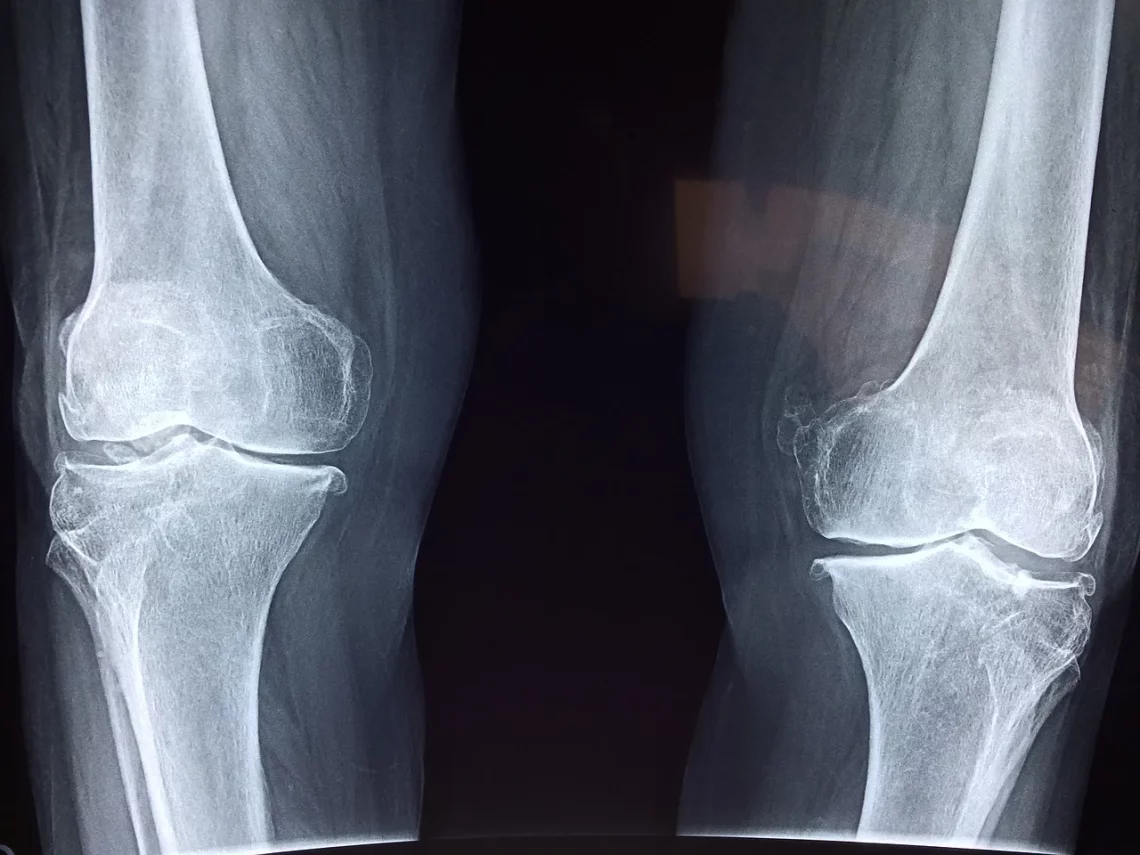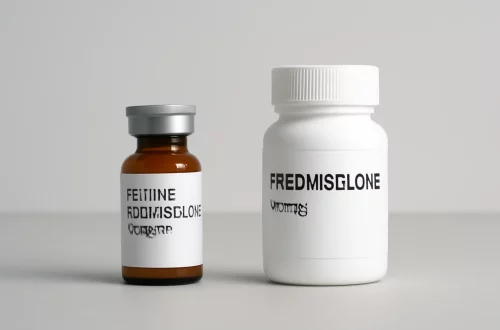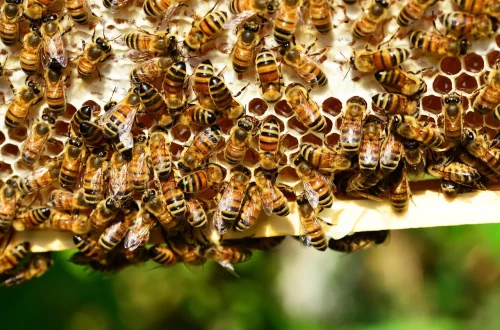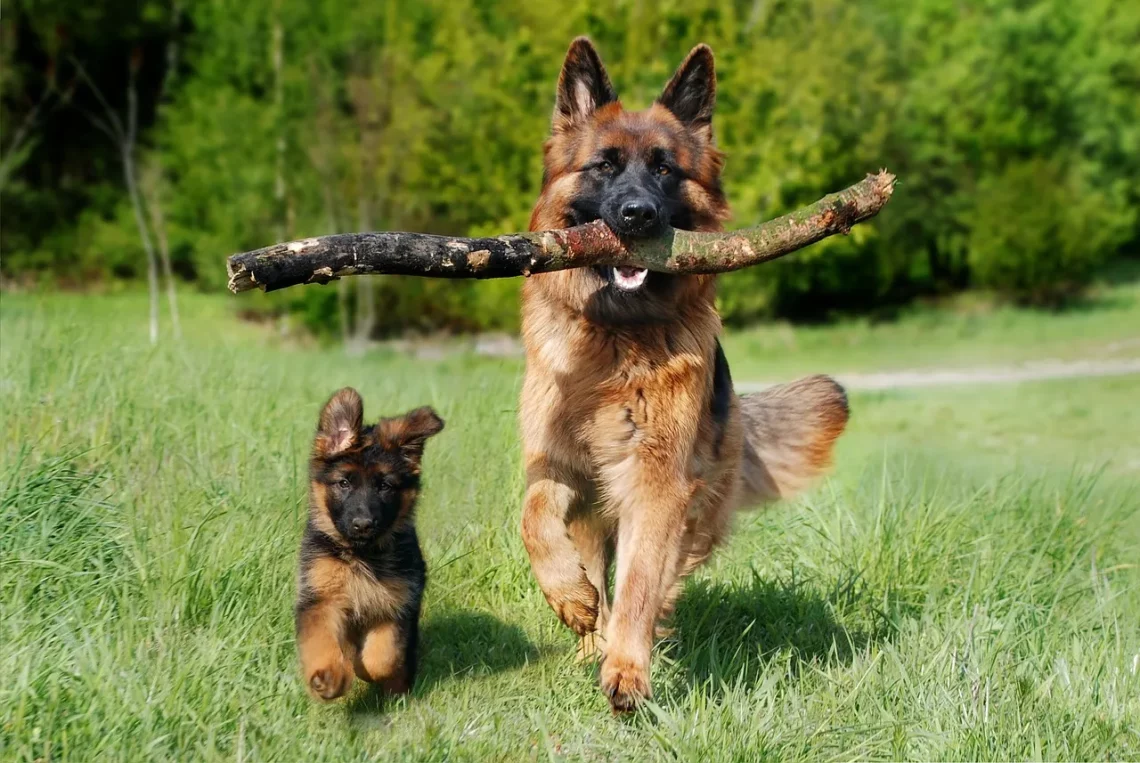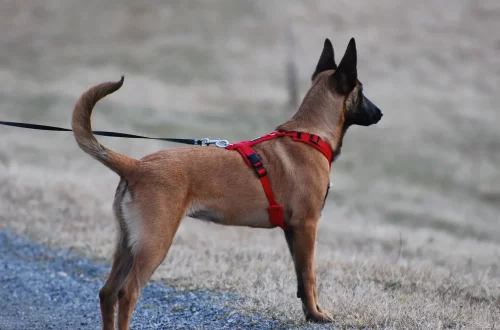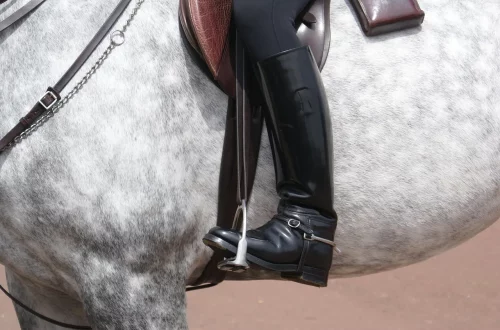-
Understanding Femur Bones in Dogs: Health and Care Tips
Understanding the anatomy of femur bones in dogs is crucial for any pet owner or veterinary professional. The femur, or thigh bone, is one of the largest and strongest bones in a dog’s body, playing a vital role in mobility and overall health. It connects to the hip joint at one end and the knee joint at the other, allowing for a range of movements that are essential for a dog’s daily activities. The femur is not just a structural component; it also serves as a site for muscle attachment, which is key for locomotion. In addition, understanding the femur’s function and health can provide insights into a dog’s overall…
-
Understanding Dog Shoulder Injuries: Causes, Symptoms, and Care
Understanding dog shoulder injuries is essential for every dog owner. Just like humans, dogs can experience a range of injuries that affect their mobility and overall well-being. The shoulder is a crucial joint that allows dogs to perform everyday activities such as running, jumping, and playing. Unfortunately, due to their active lifestyle, dogs are susceptible to various shoulder injuries, which can cause pain and discomfort. The shoulder joint in dogs is complex and consists of multiple structures, including bones, muscles, ligaments, and tendons. The anatomy of this joint makes it vulnerable to injuries from both acute trauma and chronic conditions. As a dog owner, being aware of the potential risks…
-
Choosing the Right Front Dog Leg Brace for Your Pet’s Needs
Choosing the right front dog leg brace for your pet can be a challenging task, especially when faced with the myriad of options available on the market. Pets, like humans, can suffer from a range of injuries, conditions, or age-related issues that may necessitate the use of a brace for support and healing. A well-fitted brace can provide stability and comfort, allowing your dog to regain mobility and engage in daily activities without pain. However, before making a purchase, it’s essential to understand the specific needs of your pet. Factors such as size, breed, and the nature of the injury all play a crucial role in determining the right type…
-
Understanding Dog Hind Leg Weakness: Causes and Solutions
Understanding the complex nature of canine health often requires pet owners to pay close attention to subtle changes in their dog’s behavior and physical condition. One such condition that may arise is hind leg weakness, a debilitating issue that can significantly affect a dog’s quality of life. This problem can manifest in various ways, from difficulty in standing up to challenges in walking or running. As dogs age or if they suffer from certain medical conditions, the risk of hind leg weakness tends to increase, making it crucial for pet owners to be vigilant. Recognizing the signs of hind leg weakness early on can lead to timely interventions and treatments,…
-
Understanding Dog Limping Without Pain: Causes and Solutions
Understanding a dog’s health can often be a complex and nuanced endeavor, particularly when it comes to symptoms that may not be immediately obvious. Limping is one of those signs that can raise concern among pet owners, especially when it appears without any visible pain. While a limp can indicate various underlying issues, it is essential to consider the context and the dog’s overall behavior. A limping dog may still be playful and energetic, which can confuse owners about the severity of the situation. Understanding the reasons behind a dog’s limp without pain is crucial for ensuring the pet’s well-being and longevity. Some limps may be temporary, caused by minor…
-
Understanding the Causes of Sudden Hind Leg Weakness in Dogs
Sudden hind leg weakness in dogs can be a concerning and alarming condition for pet owners. When a beloved canine companion suddenly loses strength or mobility in their back legs, it can lead to panic and confusion. This unexpected change can stem from various underlying issues, ranging from minor injuries to serious health conditions. Understanding the causes of this phenomenon is crucial for timely diagnosis and treatment, ensuring that our furry friends receive the care they need. Dog owners often first notice signs of hind leg weakness when their pets struggle to stand, walk, or maintain balance. This may manifest as dragging of the back legs, stumbling, or an apparent…
-
Understanding Swollen Paw Pads in Dogs: Causes and Treatments
Swollen paw pads in dogs can be a concerning issue for pet owners, as they often indicate an underlying problem that requires attention. The paw pads are essential for a dog’s mobility and overall well-being, serving as a cushion and protection against the various surfaces they traverse. When these pads become swollen, it can cause discomfort and pain, leading to changes in the dog’s behavior and activity levels. The causes of swollen paw pads can vary widely, ranging from minor irritations to more severe medical conditions. Factors such as allergies, injuries, and infections may contribute to this issue. Additionally, environmental elements like extreme temperatures or rough terrain can exacerbate paw…
-
Understanding Dog Wound Healing Stages with Visual Examples
Wound healing is a vital process that plays a significant role in the overall health and well-being of dogs. Just like humans, dogs can experience cuts, scrapes, and more severe injuries that require time and proper care to heal. Understanding how wounds heal can help pet owners provide the best possible care for their furry companions. It’s important to recognize that the healing process involves several stages, each marked by distinct physiological changes. By familiarizing ourselves with these stages, we can better support our dogs during their recovery and identify any potential complications that may arise. In addition to being an emotional support system for our pets, being informed about…
-
What to Do If You Clipped Your Dog’s Nail Too Short
Clipping a dog’s nails can be a nerve-wracking experience for many pet owners. The fear of cutting too short and causing pain can lead to anxiety during grooming sessions. While maintaining your dog’s nails is essential for their health and comfort, accidents can happen. If you’ve clipped your dog’s nail too short and it’s bleeding, it’s crucial to remain calm and take immediate action. Understanding the anatomy of a dog’s nail and the potential consequences of over-trimming is vital for every dog owner. This knowledge not only helps in managing the situation effectively but also prepares you for future grooming sessions. Moreover, knowing how to handle the situation can make…
-
Dog Stitches Healing Stages: Visual Guide with Pictures
The bond between dogs and their owners is a cherished one, marked by loyalty, companionship, and shared experiences. However, just like humans, dogs can face injuries that may require surgical intervention. Whether it’s a minor procedure or something more serious, understanding the healing process is crucial for pet owners. After surgery, a dog’s body begins to mend, and this journey is often accompanied by stitches, which play a vital role in ensuring that the wound closes properly. Observing your dog during this healing phase can be both an emotional and practical undertaking. Owners often find themselves monitoring their pet’s behavior, eating habits, and overall demeanor, all while keeping a close…
